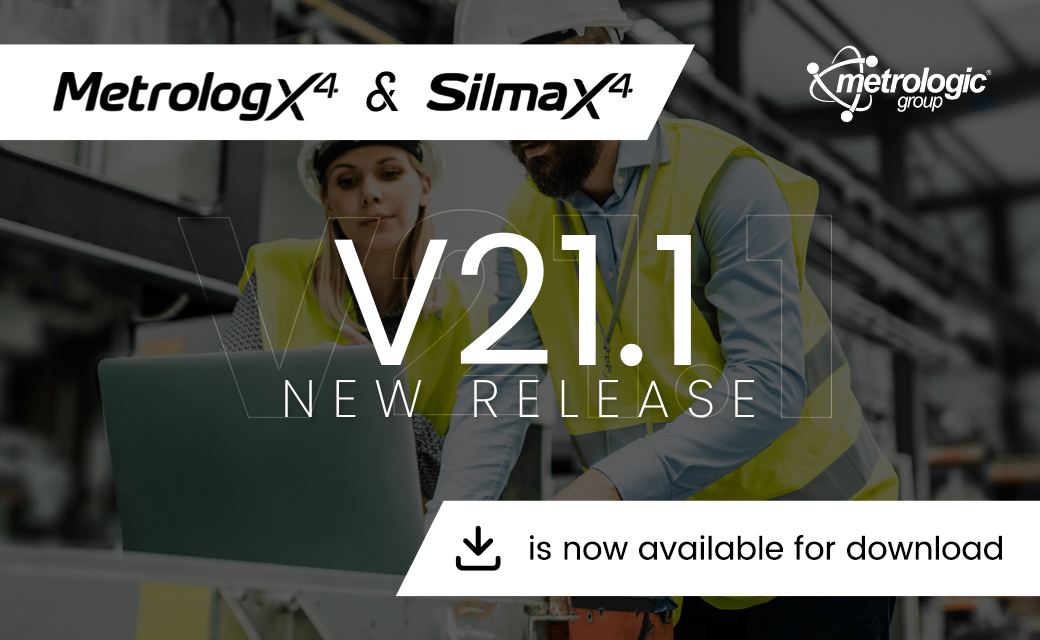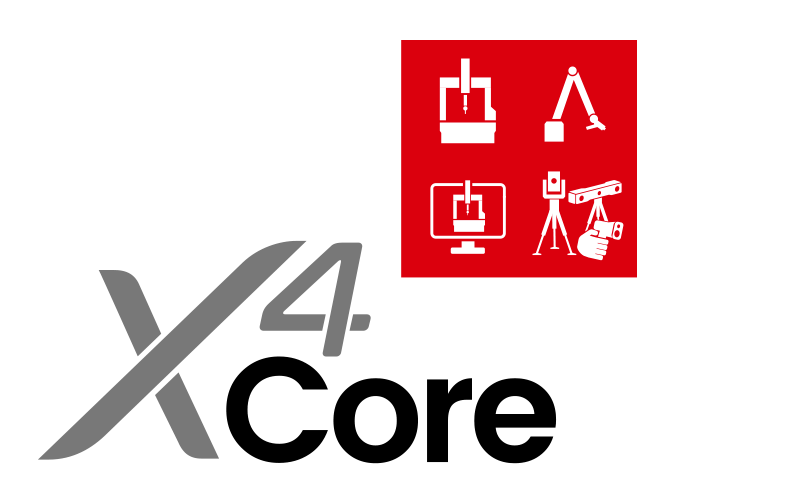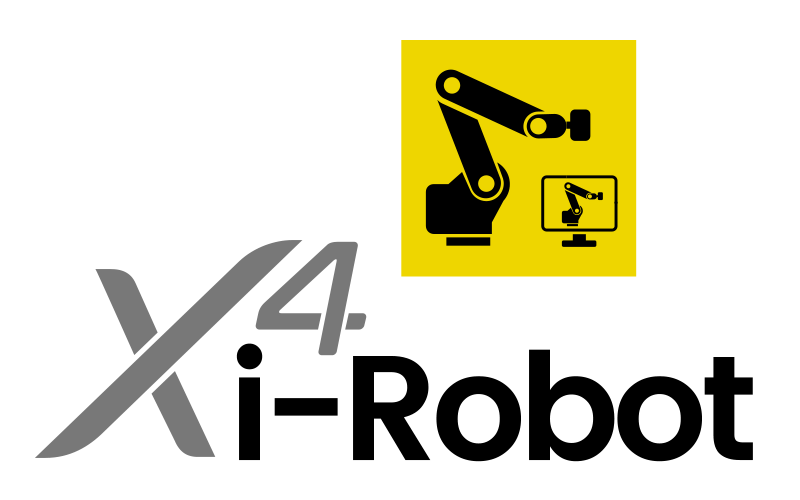
We are pleased to announce the release of your newest version X4 Product Line V21.1. This release is already available on your Extranet:
Go to the Download zone on Extranet
Industry 4.0 focuses on driving the digitalization of manufacturing to enhance automation and efficiency. It helps you complete tasks faster and with fewer errors.
In this release, we’ve advanced the Digital Twin capabilities of X4, bringing it even closer to the reality of your shop floor. This ensures that when you deploy your offline programming, it seamlessly integrates with your measurement equipment, minimizing issues and reducing downtime.
Explore the new features introduced in this version below!
 Global Functions for all segment
Global Functions for all segment
![]() Datum Reference Frame Creation
Datum Reference Frame Creation
You can now normalize X4’s existing Datum System by creating Datum Reference Frames (DRFs). Once a DRF is established, multiple datums can be linked to it. This improvement enhances the integrity of your GD&T and saves time, eliminating the need to redefine the datum system for each GD&T feature in X4.
![]() Support for PTC Creo v11
Support for PTC Creo v11
X4 now supports importing PTC Creo 11, ensuring compatibility with the latest CAD formats to keep you up-to-date with evolving design tools.
![]() Device Interface updates
Device Interface updates
We’ve updated several device interfaces to ensure continued compatibility with our range of supported devices, providing a seamless and reliable user experience.

![]() Automatic collision avoidance in feature path
Automatic collision avoidance in feature path
Inspection path planning is now safer than ever. The updated Inspection Path Planning functionality includes automatic collision avoidance within the feature path trajectory. This major advancement brings us closer to fully automating part program creation on CMMs for probe tools, ensuring both efficiency and safety.
![]() Digital Twin Enhancements
Digital Twin Enhancements
The closer your Digital Twin mirrors your physical measuring device, the more you can garuntee a seamless transition from your offline to your online. This release introduces enhanced functions that more accurately define the CMM’s volume offset and represent the probe head in its true calibrated position, ensuring greater precision when deploying for execution.

![]() More control over generated Nikon APDIS stations
More control over generated Nikon APDIS stations
Our Inspection Path Planning tool, which automatically generates APDIS stations for measuring the required features, now includes the ability to define azimuth and elevation ranges in Vertical mode.
This enhancement provides greater control over the generated station positions during measurement planning, enabling manufacturers to better meet their specific quality control requirements.
…That’s not all, have a look to all new capabilities while consulting the Release notes on Extranet.

